According to Wikipedia, the expression “mad as a March hare” “is an English idiomatic phrase derived from the observed antics, said to occur (some say incorrectly) only in the March breeding season, of the Hare, genus Lepus. The phrase is an allusion that can be used to refer to any other animal or human who behaves in the excitable and unpredictable manner of a ‘March hare’.”
In his 1865 novel Alice’s Adventures in Wonderland, Lewis Carroll created a memorable character from this old proverb in the form of the March Hare, one of the whimsical guests at the Tea Party, for whom John Tenniel’s illustration remains most people’s preferred or most recognizable realization.
Long after its appearance in a beloved literary classic, and even further removed from its proverbial origins, The March Hare appears in film numerous times, most notably in animated form in the Disney classic and nearly 60 years later as Thackery Earwicket in another Disney film created by Tim Burton.
In fact, imdb lists 39 appearances of this character from 1931 to 2011. From the very first sighting of the antics of hares in spring, it seems we have a fascination for excitable, unpredictable, even nonsensical behavior, even if it turns out on closer inspection to make its own kind of perfect sense. As this can also be said of most artists, perhaps there is a little bit of the March Hare in us all.
It is with mixed emotions that I arrive in this paragraph at the end of my last WallSpin post. After over two years of weekly appearances, it’s time to move on to other things. Many thanks to all of you who have left positive comments here and elsewhere, and to Zatista for giving me this opportunity to step back occasionally from making art to write about it.
Many thanks to Brian Sylvester for being a contributing writer here on WallSpin. If you’d like to be a guest blogger, let us know!
Related articles





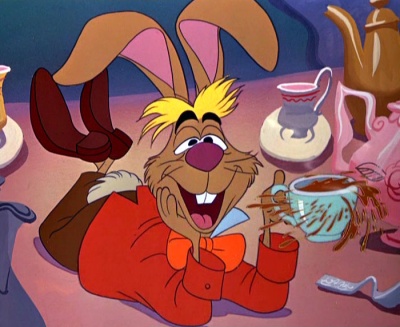
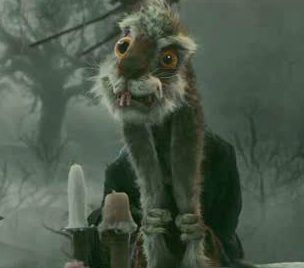
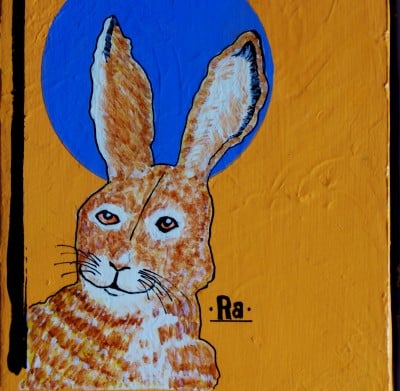




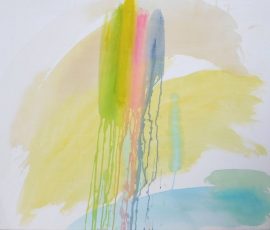
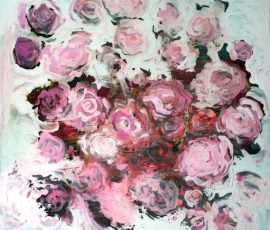
Comments (0)